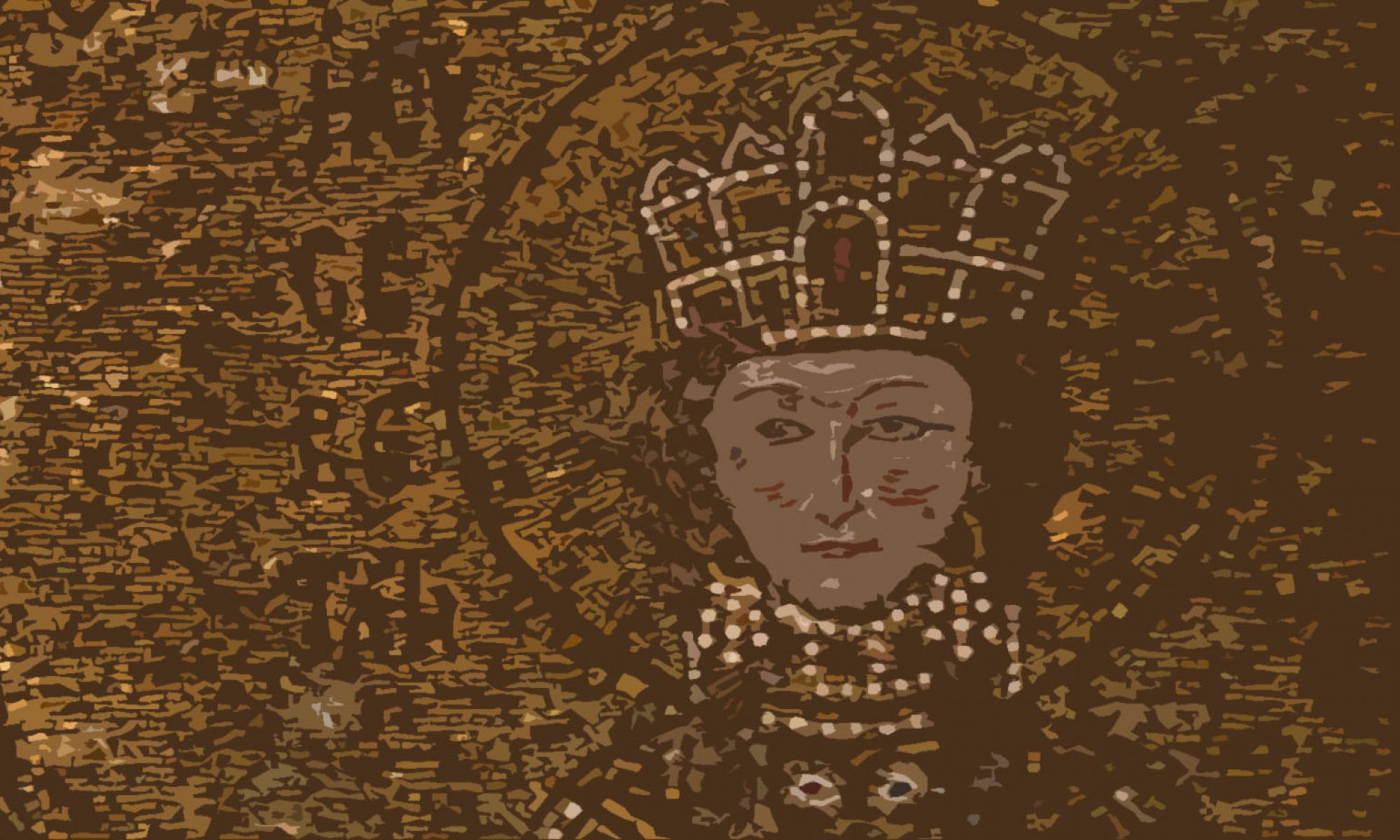For the last three or four months I have been engaging in proper critical text edition, of the sort that I haven’t done since I finished my Ph.D. thesis. Transcribing manuscripts, getting a collation, examining the collation to derive a critical text, and all. I haven’t had so much fun in ages.
The text in question is the same one that I worked on for the Ph.D. – the Chronicle of Matthew of Edessa. I have always intended to get back to it, but the realities of modern academic life simply don’t allow a green post-doc the leisure to spend several more years on a project just because it was too big for a Ph.D. thesis in the first place. Of course I didn’t abandon textual scholarship entirely – I transferred a lot of my thinking about how text traditions can be structured and modelled and analyzed to the work that became my actual post-doctoral project. But Matthew of Edessa had to be shelved throughout much of this, since I was being paid to do other things.
Even so, in the intervening time I have been pressed into service repeatedly as a sort of digital-edition advice columnist. I’m by no means the only person ever to have edited text using computational tools, and it took me a couple of years after my own forays into text edition to put it online in any form, but all the work I’ve done since 2007 on textual-criticism-related things has given me a reasonably good sense of what can be done digitally in theory and in practice, for someone who has a certain amount of computer skill as well as for someone who remains a bit intimidated by these ornery machines.
Since the beginning of this year, I’ve had two reasons to finally take good old Matthew off the shelf and get back to what will be the long, slow work of producing an edition. The first is a rash commitment I made to contribute to a Festschrift in Armenian studies. I thought it might be nice to provide an edited version of the famous (if you’re a Byzantinist) letter purportedly written by the emperor Ioannes Tzimiskes to the Armenian king Ashot Bagratuni in the early 970s, preserved in Matthew’s Chronicle. The second is even better: I’ve been awarded a grant from the Swiss National Science Foundation to spend the next three years leading a small team not only to finish the edition, but also to develop the libraries, tools, and data models (including, of course, integration of ones already developed by others!) necessary to express the edition as digitally, accessibly, and sustainably as I can possibly dream of doing, and to offer it as a model for other digital work on medieval texts within Switzerland and, hopefully, beyond. I have been waiting six years for this moment, and I am delighted that it’s finally arrived.
The technology has moved on in those six years, though. When I worked on my Ph.D. I essentially wrote all my own tools to do the editing work, and there was very little focus on usability, generalizability, or sustainability. Now the landscape of digital tools for text critical edition is much more interesting, and one of my tasks has been to get to grips with all the things I can do now that I couldn’t practically do in 2007-9.
Over the next few weeks, as I prepare the article that I promised, I will use this blog to provide something of an update to what I published over the years on the topic of “how to make a digital edition”. I’m not going to explore here every last possibility, but I am going to talk about what tools I use, how I choose to use them, and how (if at all) I have to modify or supplement them in order to do the thing I am trying to do. With any luck this will be helpful to others who are starting out now with their own critical editions, no matter their comfort with computers. I’ll try to provide a sense of what is easy, what has a good user interface, what is well-designed for data accessibility or sustainability. And of course I’d be very happy to have discussion from others who have walked similar roads, to say what has worked for them.
